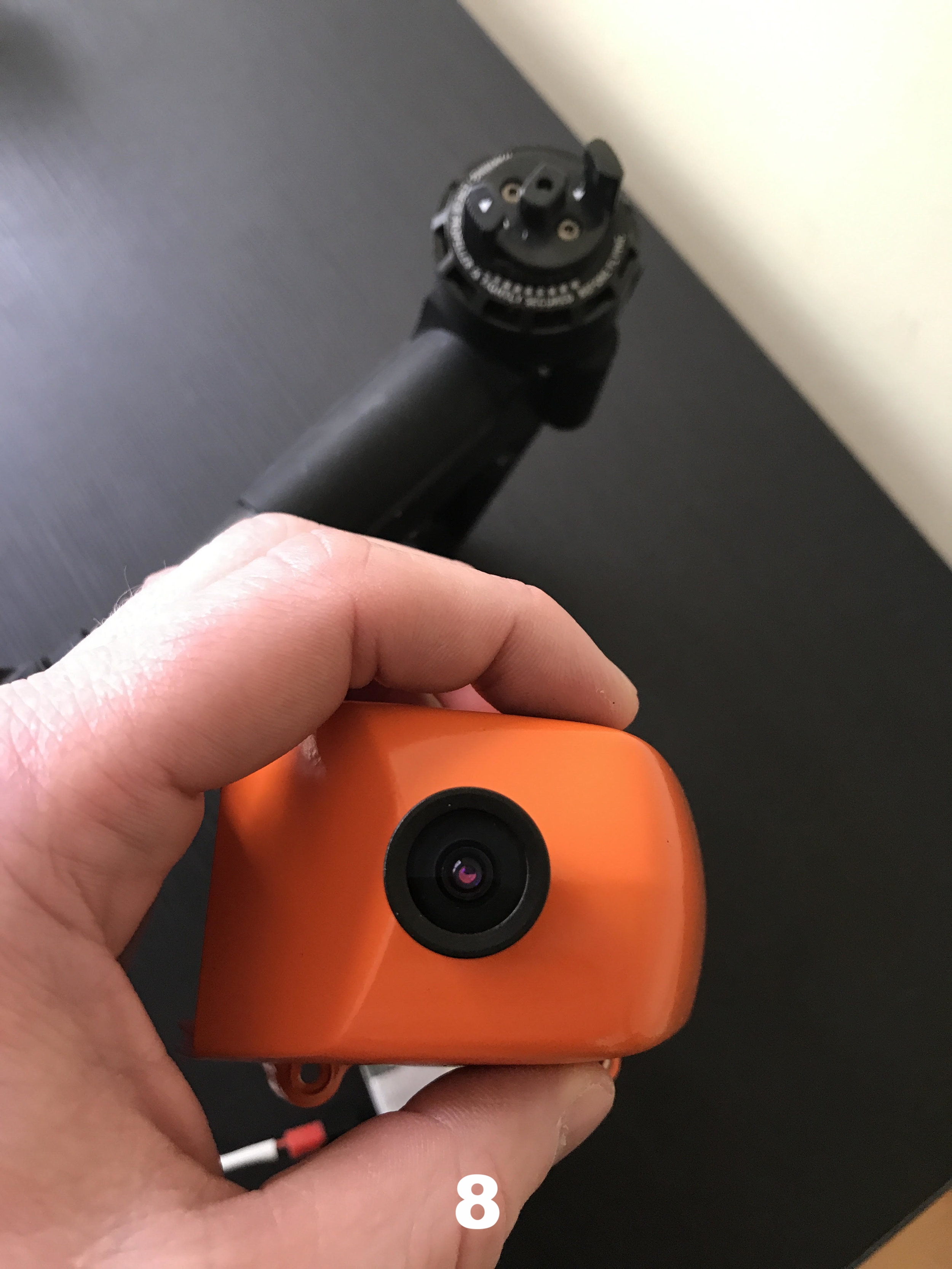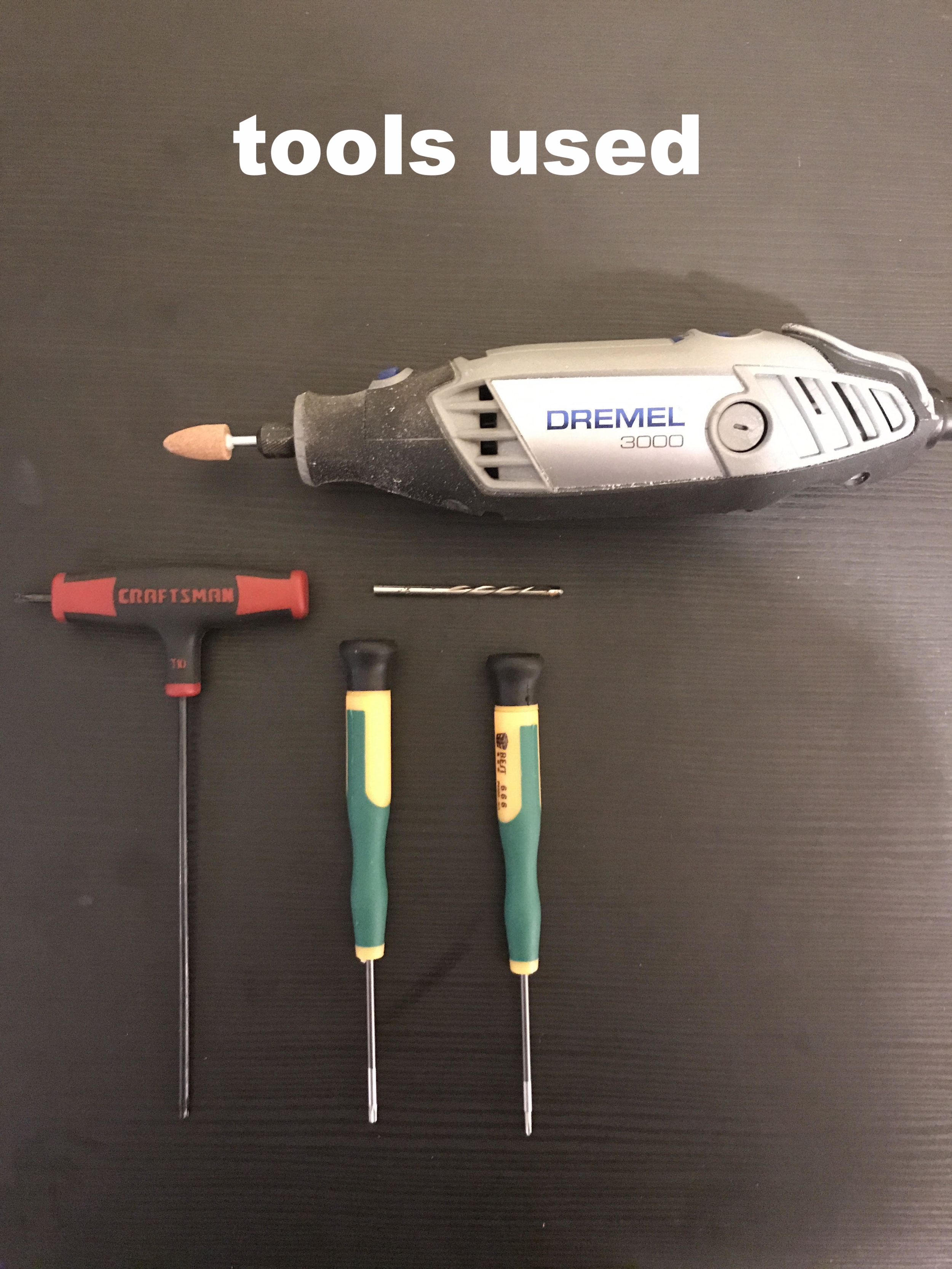Is Decal Girl or Drone Wrap Japan better for the DJI Mavic Pro?
Well, I bought another DJI MAVIC PRO. So, I purchased another wrap. Furthermore, DJI has now released the Alpine White Edition -_- I wanted to discuss which company I think is better as a long-term fit for the Mavic. Of course, each brand has their pros and cons, but ultimately the primary decision is up to the drone owner. Variables such as how long the wrap will stay on, multiple skins, or even how much you're willing to pay for a wrap. Below are a few initial strengths and weakness of both Decal Girl and Drone Wrap Japan.
Drone Wrap of Japan (DWJ)
Pros
- High-quality finish with superior adhesive
- Increased coverage compared to the Decal Girl skin
- Great instructional youtube video
Cons
- Material rips easily (see pics)
- Long wait time
- Expensive
Decal Girl (DG)
Pros
- Great value
- If you mess up a little, the material forgiving but weak glue
- Paid for and received within 72 hours
Cons
- Less coverage than Drone Wrap Japan
- The skin is quite thin
- Water caused some issues with ink
Since I bought my first Mavic wrap, Decal Girl has released the V2 skin which has much more coverage than the original. While comparing Drone Wrap Japan vs. Decal Girl’s V2, I think the better value may be the V2. However, if you intend on keeping the wrap on long-term, Drone Wrap of Japan is better suited. Personally, my only complaint about DWJ is the material rips very easily. Not having the Mavic’s front legs covered is my issue with the V2. In addition to what I’ve mentioned already, Decal Girl has an extensive collection of skins ready to go including Solid State Yellow, Digital Woodland Camo, and Waterfall. There is also an option to upload your own media file and use that as your wrap. There have been a few rumors around DWJ releasing new design too, on MavicPilots.com.








































